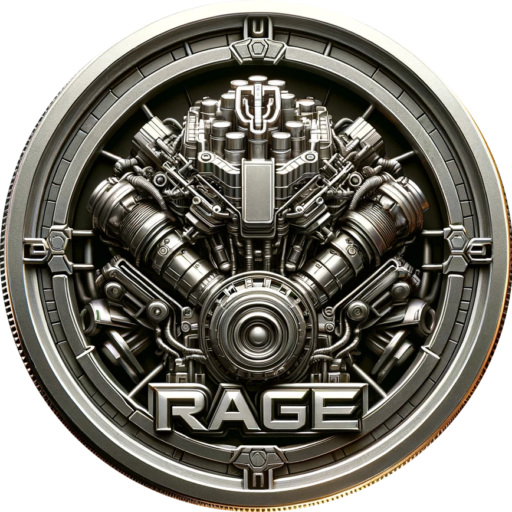
Building reliable local agents using LangGraph and LLaMA3-8b within the RAGE framework involves several key components and methodologies:
Model Integration and Local Deployment:
LLaMA3-8b: Utilize this robust language model for generating responses based on user queries. It serves as the core generative engine in the RAGE system.
LangGraph: Enhance the responses of LLaMA3 by integrating structured knowledge graphs through LangGraph, boosting the model’s capability to deliver contextually relevant and accurate information.
Advanced RAGE Techniques:
Adaptive RAGE: Modify the retrieval strategy based on the context of the query, improving the relevance of the documents retrieved.
Corrective RAGE: Refine the initial responses from LLaMA3 using the additional context from retrieved documents to ensure accuracy.
Self-RAGE: Employ the model’s own previous outputs to inform and refine future responses, facilitating continuous learning and adaptation.
Local Vector Store Integration:
Leverage local vector stores from Nomic AI and Trychroma to manage and retrieve vector embeddings efficiently.
Web Search Integration:
Augment the local data with current information from the web through TavilyAI web search APIs, ensuring responses are comprehensive and up-to-date.
System Architecture:
Design the entire RAGE system to function locally, maximizing data privacy and reducing latency, which is essential for applications that demand instant feedback. Include cloud services as an optional component including tools like huggingface.co together.ai and groq.com
Implementation Considerations:
Data Privacy and Security: By running locally, RAGE enhances data security as sensitive data remains on the local machine.
Performance Optimization: Manage local computational resources effectively to support the intense operations of LLaMA3 and RAGE’s retrieval components.
Technology Stack and Tools:
The integration of LLaMA3, LangGraph, local vector stores, and web search APIs creates a powerful and flexible architecture that supports the RAGE’s sophisticated querying and response generation capabilities, suitable for a wide range of applications such as personal assistants, data analysis tools, or educational aids within a secure and private environment.
This structure not only taps into the advanced capabilities of LLaMA3 but also extends its potential through strategic retrieval augmentation, positioning RAGE as a prime framework for developing high-performance, secure local AI agents.


